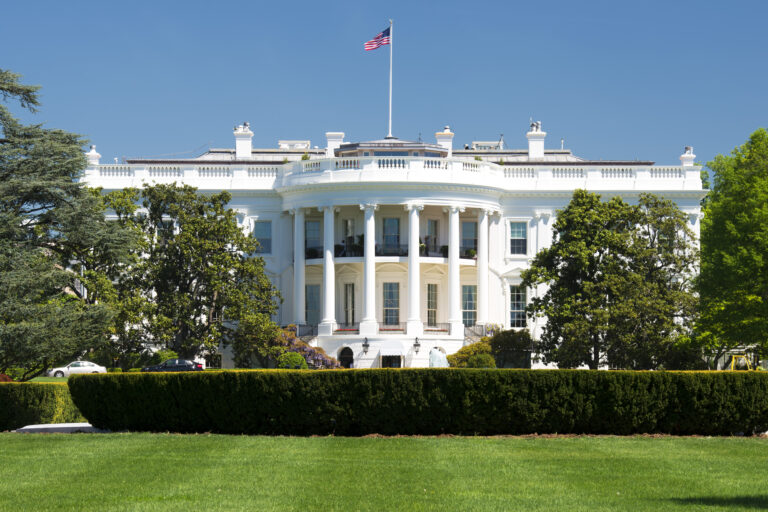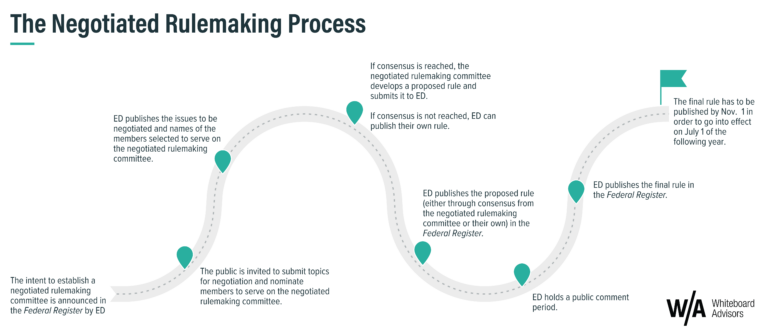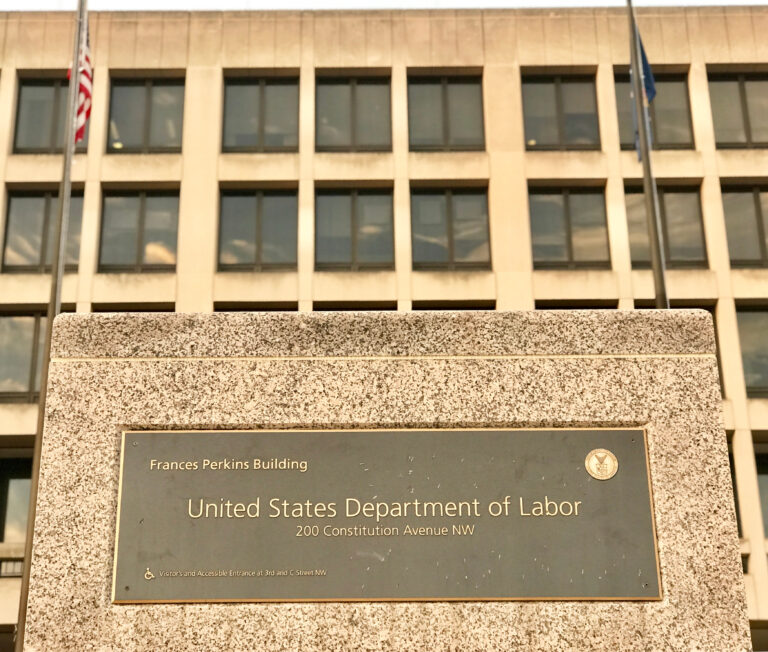Yesterday, the National Institute of Early Education Research (NIEER) released the latest State of Preschool Yearbook, which tracks national preschool enrollment, funding, and policies for the 2021—2022 school year.
While the pandemic erased a decade of enrollment growth, and overall enrollment numbers are still down eight percent from pre-pandemic levels, the latest data suggests that enrollment in state-funded preschool is on the rebound:
- NIEER reports a 13 percent increase from the 2020-2021 school year.
- Worth noting: The NIEER Yearbook, published each spring, only covers the prior year’s preschool programs – so the report does not capture the effects of policy changes in states like Colorado or California that will likely boost enrollment this fall.
The State of Play: Over the last two decades, enrollment grew from from 695,383 in 2001 to 1,526,116 in 2022 (peaking at 1,656,674 pre-pandemic). That growth is driven by state investments in universal preschool. To date:
- Six states have implemented universal preschool: Florida, Iowa, Oklahoma, Vermont, West Virginia, Wisconsin, and DC.
- Four states have policies for universal preschool but haven’t fully implemented: Georgia, Illinois, Maine, and New York.
- Four states have passed new laws to provide universal preschool in upcoming years: California, Colorado, Hawaii, and New Mexico.
Flat Funding: Increased enrollment is not linked to increased spending. Average per-child spending has been stagnant over the last 20 years and total growth in spending on preschool has stalled.
- According to NIEER, states spent nearly $10 billion on preschool between state funds and relief dollars in 2022; however, inflation adjustments revealed a less than one percent ($825 million) increase in total investment in the last year.
For a more nuanced and comprehensive picture of a state’s investment, NIEER provides state profiles that break down various resources dedicated to state-specific preschool programs.




